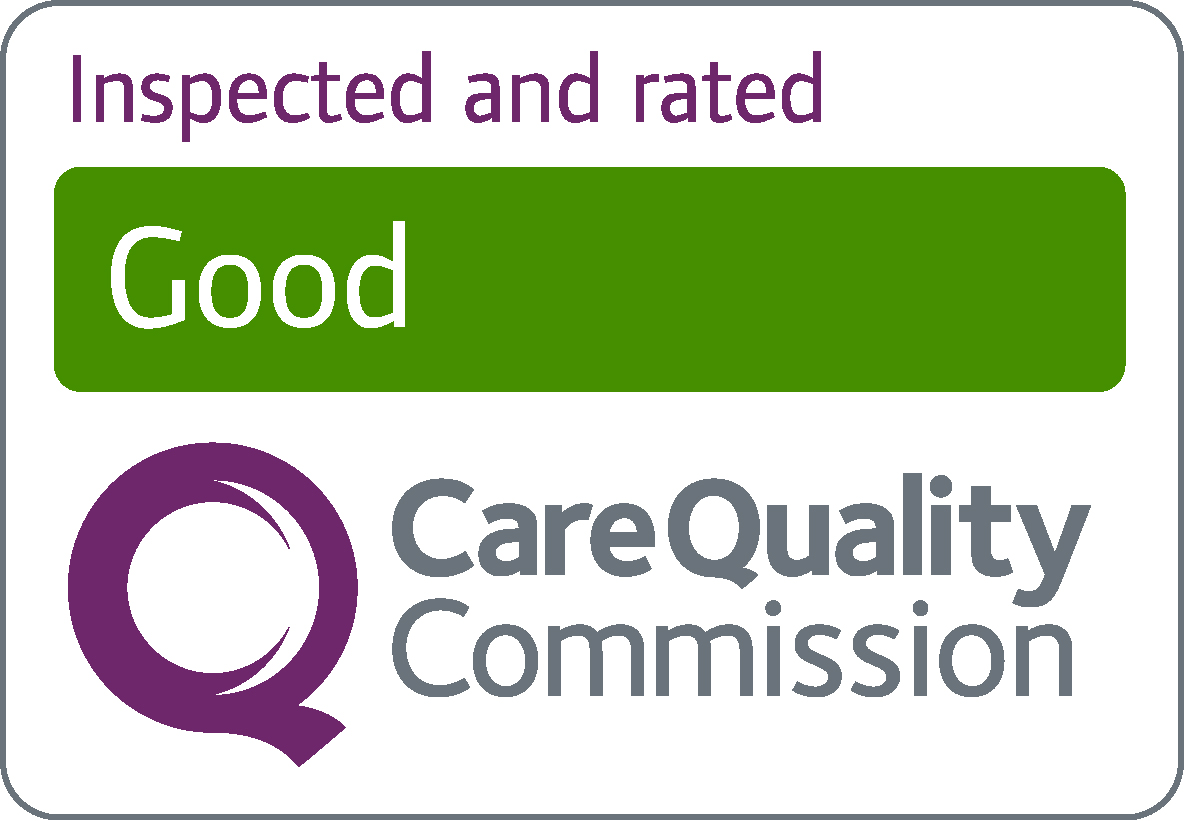Leg cramps
Leg cramps are common, usually harmless, and only last a short time. They can happen at any time, but most people have them at night or when resting.
Leg cramps happen when a muscle in the leg tightens and causes a sudden pain that can make it hard to move.
The cramps can last from a few seconds to 10 minutes.
They can affect the:
- calf muscle, below the knee at the back of the leg
- muscles in the feet or the thighs (less often)
After the cramp has stopped, the muscle might feel sore for up to 24 hours.
Stretching and massaging the muscle may ease the pain during a cramp, although most cramps go away without you doing anything.
Standing up and putting your weight on the leg with the cramp may also help.
Paracetamol or ibuprofen can help to ease muscle soreness after a cramp, but they will not help when it's happening as they take too long to work.
Preventing cramps
Regular calf-stretching exercises may help to reduce cramps but may not completely stop them from happening.
See a GP if:
- leg cramps are disturbing your sleep
- you also have numbness or swelling in your legs
- cramps last longer than 10 minutes
A GP will examine you to try to find out the reason for your leg cramps.
They will suggest a treatment depending on the cause.
This might be:
- stretching exercises
- quinine tablets if exercise has not helped
Quinine is not suitable for everyone. The GP will discuss potential risks and side effects with you.
Leg cramps can sometimes be caused by:
- ageing
- putting too much strain on muscles during exercise, which can be worse in hot or humid weather
- pregnancy (usually in the later stage)
- certain medicines – for example, medicine for lowering cholesterol (statins) or high blood pressure (diuretics)
- not drinking enough fluids (dehydration)
- liver disease because of drinking too much alcohol
The reason for some cramps is unknown.
